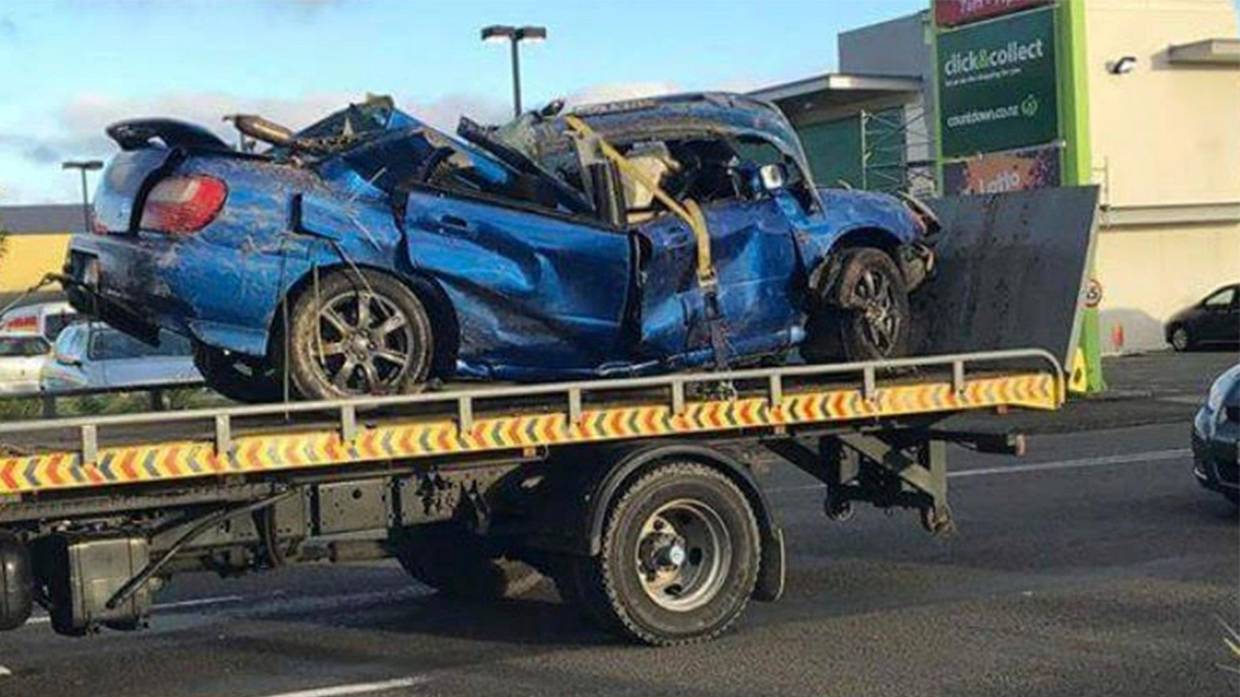Our annual land transport budget is now in excess of five billion dollars, the healthiest ever, so why has the government axed numerous roading developments planned by the previous government?
“Last year Transport Minister Phil Twyford announced a record $16.9 billion investment in land transport over a three-year period, of which regional roads will receive $5.8b of funding.”
Rod Vaughn for a newspaper
Strangely, record funding dollars is not translating into improved roads – in
“A number of state highway projects were reviewed by the NZ Transport Agency in 2018 to evaluate whether they align with the priorities and strategic direction set out in the Government Policy Statement on land transport (external link) (GPS), which places a greater emphasis on safety, access, the environment and value for money. The re-evaluations were completed and the outcomes announced in 2018.
Funding for state highways is heavily constrained. There has been a reduction in overall state highway funding for the 2018–21 period, with further reductions in the years beyond that period.”
NZTA
Safety is listed first in NZTA priorities, so why doesn’t it figure when deciding where the money is spent? Have the Greens leached too much money for bicycle lanes, rail, public transport and walking tracks?
“As far as Andrew Hollis, founder of Tauranga lobby group Fix the Bloody Road, is concerned the Government has got its priorities completely wrong.
“If it was about safety, then surely the most dangerous road in New Zealand would be sorted out first and State Highway Two from Tauranga to Katikati is demonstrably the most dangerous road in New Zealand.”
Instead of a $520 million upgrade to a modern four-lane highway with median barriers, as promised by National before it lost the last election, it will now get safety improvements over five years costing $87.1m.
In other words more rumble strips, shoulder widening and sticks and wires down the middle of a road that by any stretch of the imagination are an absolute death trap.”
Rod Vaughn for a newspaper
And it’s not just Tauranga bemoaning Phil Twyford’s earmarking of $3.7 billion for ripping up Auckland’s Dominion Road to install a controversial tram service to Mangere – not quite to Auckland airport – when he should have spent the money improving our appalling roads.
“The $3.7b set aside for the tramway could build six or seven state-of-the-art four-lane highways similar in length to the one proposed between Tauranga and Katikati.”
That money could also have completed the Northland motorway extension from Warkworth to Te Hana, or build a new eastern corridor in Auckland or a second Mt Victoria tunnel in Wellington, all roading schemes planned by the previous government but axed by this one.
Decent roads are much more important than convenience, efficiency and saving transport costs, decent roads save lives.
Another notorious stretch of road is the Dome Valley, dubbed the “killing field” because emergency services are in constant demand extricating dead or dying people from mangled vehicles.
“I was part of the Serious Crash Unit and, as a part of my job, I attended dozens of fatal crashes on these roads. I can still remember every damn one. The number of major prangs that I have attended up there would be in the hundreds. So, a little research was in order.
In the
past all traffic heading north pretty much had to go through Orewa, Warkworth, Wellsford etc. In 1999 the first section of the Albany to Puhoi realignment was opened from Greville Rd to Silverdale, and an expressway to the back of Orewa was opened at the same time. This resulted in a massive reduction in fatal crashes by getting people off East Coast Rd and the Albany Highway on to a modern, safe motorway.The second section of the realignment from Orewa to Puhoi was opened in December 2009 as a toll road, having been completed as a public-private partnership. This immediately saw a reduction of over 10,000 vehicles per day from the portion of Hibiscus Coast Road from Orewa to Puhoi, over 10% of those vehicles being heavy motor vehicles.
There is a very interesting website that has all the reported crashes from 2000 to 2017 plotted on a map of New Zealand. If you drill down you can see where every crash has happened, what year it was and the seriousness. (You might be surprised at what has happened in your street.) By studying this data I found out that our motorways are incredibly effective in reducing vehicular harm.
For instance, on the portion of the Hibiscus Coast Highway between Orewa and the intersection with state highway one near the Johnstone’s Hill tunnels, there have been six fatal and 17 serious crashes in the 2000-2017 time frame.
Despite carrying around 76% of the traffic, the second section of the realignment between Silverdale and the same spot near Puhoi had zero fatal crashes and only two serious ones.
Whaleoil
Clearly, there is an enormous benefit to having lovely smooth well-lit multi-laned roads with decent median barriers down the middle!”
Rod Vaughn agrees money must be spent on roading to save lives.
“At this point in our history there should be, at the very least, a six-lane motorway between Whangārei and Wellington as well as Christchurch and Dunedin, not to mention a network of four-lane highways linking regional cities. Instead we have a patchwork of good, bad and downright dangerous roads, mainly two lane, thanks to years of procrastination by our politicians. For anyone with half a brain a fully completed motorway between Auckland and Whangārei is long overdue and vital for Northland’s economic survival, not the half-baked one we have at present.”
We can add inadequate roading to the long list of failures this government is dishing out in their ‘year of delivery’.

